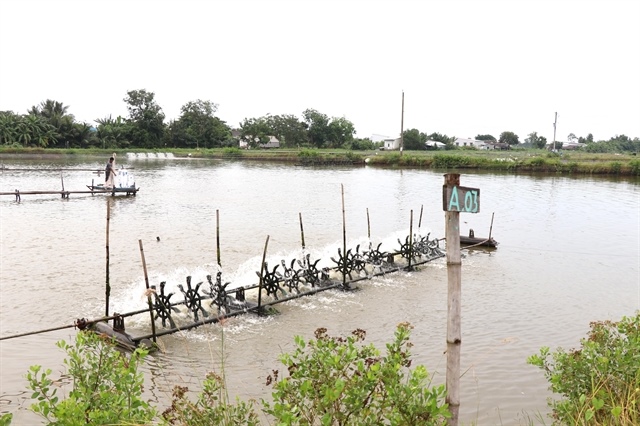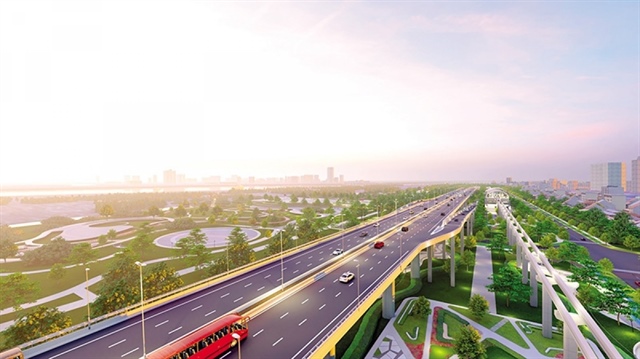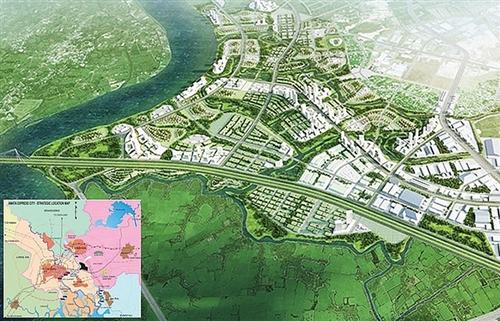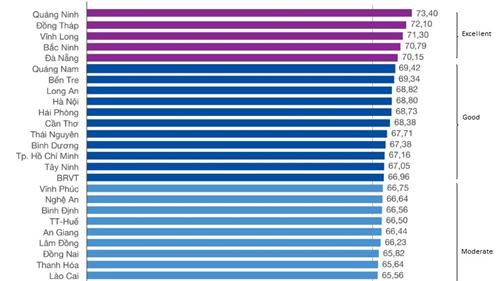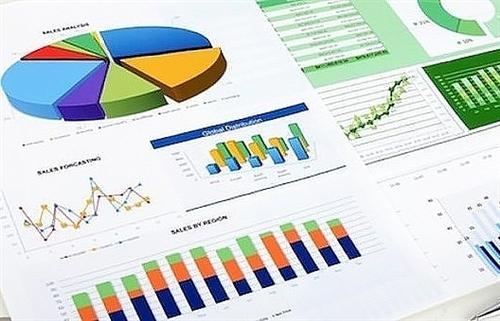Economic rebound still outwith reach
Economic rebound still outwith reach
Asteep decline in business confidence is expected to contribute to a drop in economic growth this year, but the Vietnamese economy is projected to rebound significantly next year thanks to a surge in domestic production after the coronavirus pandemic.
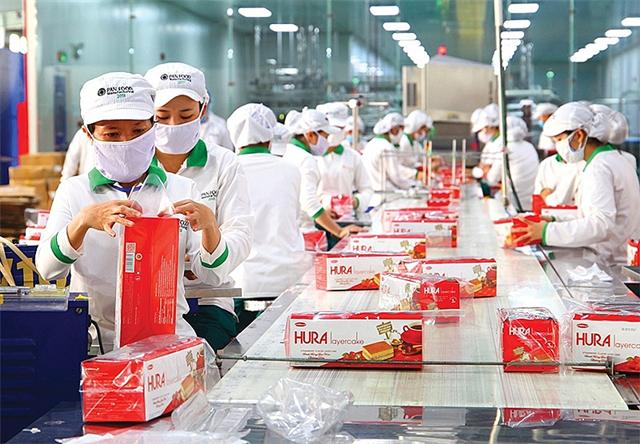
Vietnam is getting back to work, but businesses must be wary of a second outbreak wave, Photo: Le Toan
|
The General Statistics Office (GSO) last week reported that in the first four months of 2020 there were 37,600 newly-established enterprises, with total registered capital of VND445.2 trillion ($19.36 billion), down 13.2 per cent in the number of enterprises and 18 per cent in capital.
Some 11,700 operational businesses also increased their capital by VND680.9 trillion ($29.6 billion), raising total registered capital in the economy in the first four months of 2020 to $48.96 billion, down 20.4 per cent on-year.
Notably, the number of enterprises with halted operation hit 22,700, up 33.6 per cent on-year.
The GSO said never has the economy witnessed such a dim picture for enterprises’ performance in a four-month period of a year as it is doing now.
“This will have bad impacts on the economy’s growth this year,” said GSO head Nguyen Bich Lam.
Under a recent scenario by the Ministry of Planning and Investment, if COVID-19 ends in the second quarter of 2020, GDP will likely grow 5.56 per cent this year, and the rate will likely be 5.39 per cent if the pandemic ends in the third quarter of the year.
In the first quarter, the rate was only 3.82 per cent on-year.
However, John Walsh, programme manager for international business of RMIT Vietnam School of Business and Management, said it is difficult to be certain about the economy outlook because so many elements of the pandemic are still unknown.
“Will it mutate into a new form? Will there be a second wave of outbreaks? Are the many asymptomatic carriers going to infect more people at some stage in the future? We cannot know the answer to any of these questions now – each pandemic is by definition new and possibly different from any to have gone before,” he said. “However, we can anticipate the shape of the Vietnamese economy at some stage in the future when the wave of infections has decreased and has reached a stable situation. The optimistic view is that things will return more or less to normal, albeit that there will be a persistent demand deficit that will depress potential growth in Vietnam and elsewhere. In this view, market fundamentals will not have changed and trade will simply resume.”
Standard Chartered Bank has expected Vietnam’s economy to grow 3.3 per cent in 2020 due to increased external headwinds.
“Vietnam is now more integrated with the global economy via its booming manufacturing sector. Its trade-to-GDP ratio has risen to 300 per cent, among the highest in Asia, signifying its high dependence on global demand,” said Chidu Narayanan, economist for Asia of Standard Chartered Bank. “Lower global demand amid likely recessions in the US, the Euro area, and other G10 economies will weigh on 2020 growth. We see growth rebounding to 6.5 per cent in 2021 given an expected demand recovery and the low base from 2020.”
The Asian Development Bank (ADB) forecast that Vietnam’s economic growth will slow sharply in 2020, to 4.8 per cent, but if the outbreak is contained within the first half of 2020, the rate will rebound to 6.8 per cent next year and remain strong over the medium and long term.
The International Monetary Fund has also forecast Vietnam will achieve the fastest growth of 2.7 per cent this year in the ASEAN, before bouncing back to 7 per cent in 2021.
The World Bank is also seeing a positive outlook in Vietnam. It stated that over the medium term, growth is projected to rebound back to 7.5 per cent in 2021 and converge at around 6.5 per cent in 2022, “reflecting an improved external demand and a firming of the services sector, as well as a gradual recovery in agricultural production. The economy will also rebound from the coronavirus pandemic.”
According to the ADB, one of the key drivers for Vietnam to positively grow next year is that the country’s middle class is one of the fastest-growing in Southeast Asia.
“The disbursement of public investment has improved significantly, growing by nearly 18 per cent in January and February over the same period in 2019,” stated a fresh ADB report on Vietnam. “Disbursement will continue to improve in 2020 as this is a priority measure in response to COVID-19.”
Moreover, the large number of trade agreements in which Vietnam participates promise improved market access essential for an economic rebound. Containment of COVID–19 in China and that market’s likely return to normal will help revive global value chains and facilitate economic recovery in Vietnam, the report stated.
|
This week the government is expected to organise an unprecedented meeting between Prime Minister Nguyen Xuan Phuc and the business community. According to the Ministry of Planning and Investment (MPI), the meeting is aimed to discuss the most effective incentives for enterprises to get out of their difficulties caused by COVID-19, and to reboot the economy in response to the battle against the coronavirus. The meeting is also aimed to assess impacts of the pandemic, and how effectively the government’s policies have been implemented in the business community and how enterprises have benefited from such policies. At the meeting, enterprises will have an opportunities to voice their difficulties and advance good ideas to the prime minister and leaders of related ministries. The MPI has asked enterprises and business associations to send reports on businesses’ performance hit by the pandemic and their initiatives, which will then be reported to the prime minister before the meeting takes place. |


